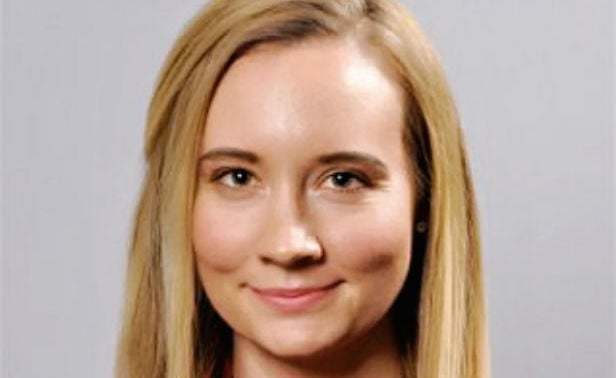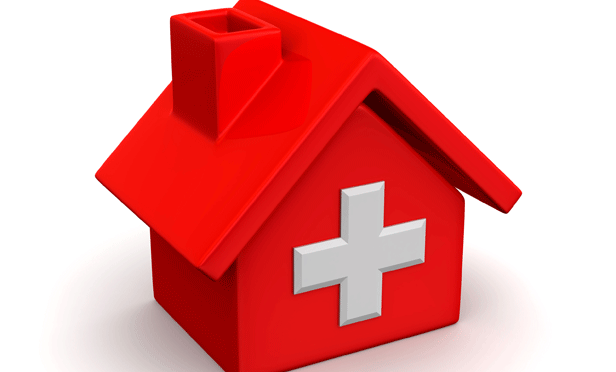WASHINGTON, DC–BioHealth Capital Region, an organization that recently formed to grow the life science sector regionally, made a splash with its declaration that it intended to make the region a top-three life sciences cluster nationally by 2023.
That goal caught the eye of JLL Senior Research Analyst Sara Hines, as well as others in the life sciences industry. “It is a very ambitious plan,” Hines tells GlobeSt.com. “Right now we are sixth in the nation following some excellent life science clusters in the US, including, of course, Boston.”
Still, it would seem to be doable. There is an abundance of strong educational institutions as well as such federal agencies as the National Institutes of Health and the the Food and Drug Administration that underpin the Suburban Maryland life sciences market, which arguably makes up the bulk of the market here.
Indeed a case could be made that the area might be further along the list of top clusters if it hadn't been for a period of stagnation between 2004 to 2013, when a string of homegrown companies were acquired by larger life science companies from outside the region. That, according to JLL, largely put the brakes on the sector's expansion for a decade.
However in the last several years that has begun to change. As JLL said in a research note:
Investments from established life sciences players in the region are helping drive growth today, including GSK's new global vaccines R&D center in Rockville. This major deal has already had great effects on the area's life science landscape, such as developing partnerships between companies or launching new startups. For example, GSK already has a relationship with Avalon Ventures, a San-Diego based venture capital firm, which started three new biotech startups in 2015 as part of the partnership with GSK.
Read BioMed Sells GSK Global Vaccine Centre for $338M
“GSK put us on the map since there are only a few of these research centers that the company has around the world,” Hines says.
Hines believes it is very possible for the capital region to become a top five life science cluster, possible even a top four one. Making it into the top three will be challenging, she says, but not impossible. “I am cautiously optimistic.”
But JLL's stats show the steep hill the area has to climb: The market's lab supply needs to grow by more than 5 million square feet (or 43%) to equal the top 3 life science clusters of Boston, San Francisco and San Diego market footprint.
Areas that could accommodate this growth would be the JHU-Belward campus in Shady Grove and areas to the north in Gaithersburg, Germantown and Frederick where asset repositioning, of office and flex buildings with chronic vacancy reside, could take place.
Want to continue reading?
Become a Free ALM Digital Reader.
Once you are an ALM Digital Member, you’ll receive:
- Breaking commercial real estate news and analysis, on-site and via our newsletters and custom alerts
- Educational webcasts, white papers, and ebooks from industry thought leaders
- Critical coverage of the property casualty insurance and financial advisory markets on our other ALM sites, PropertyCasualty360 and ThinkAdvisor
Already have an account? Sign In Now
*May exclude premium content© 2024 ALM Global, LLC, All Rights Reserved. Request academic re-use from www.copyright.com. All other uses, submit a request to [email protected]. For more information visit Asset & Logo Licensing.










